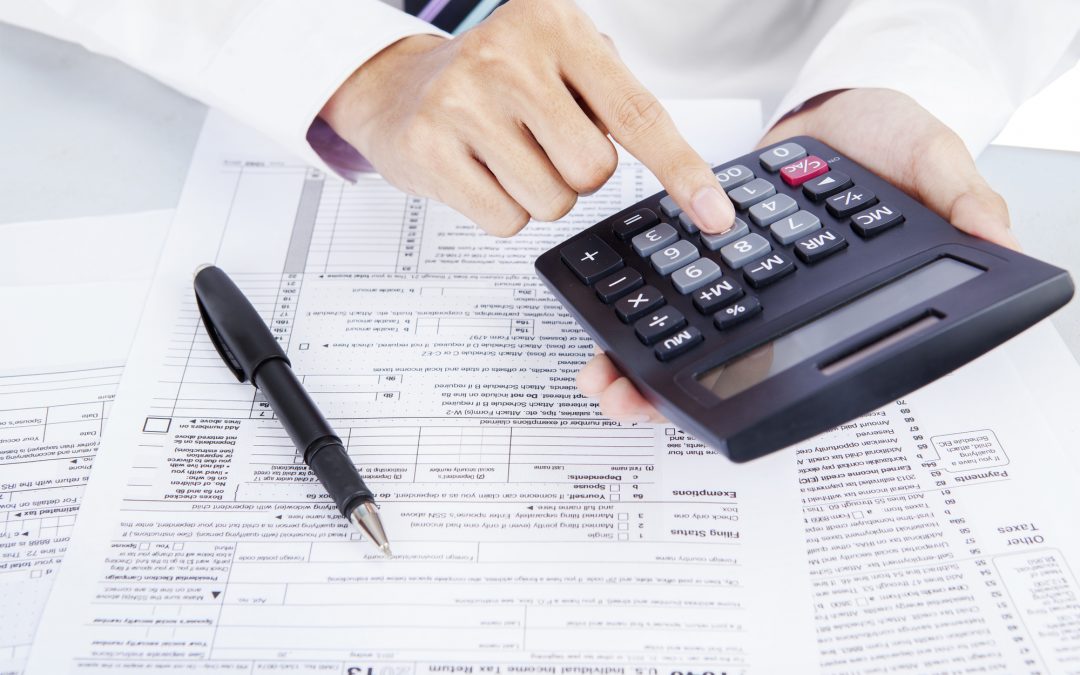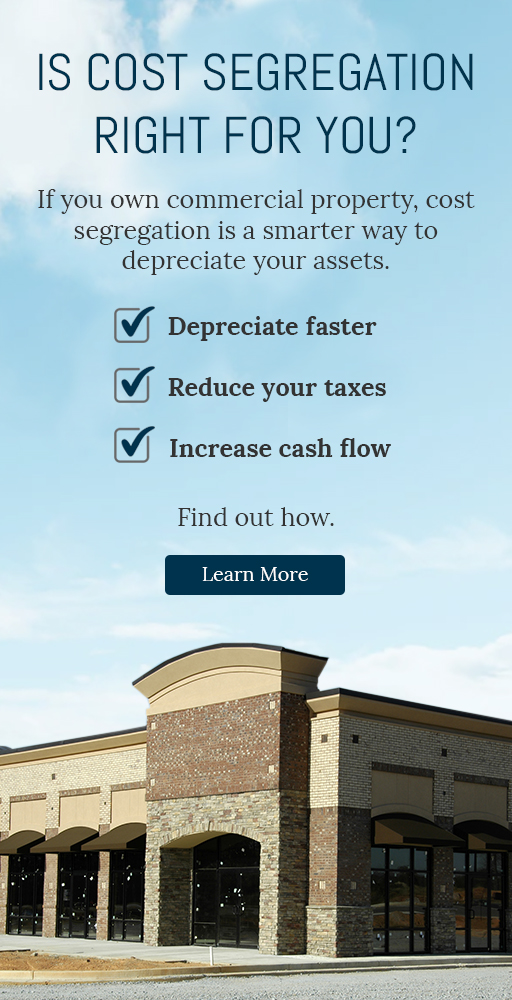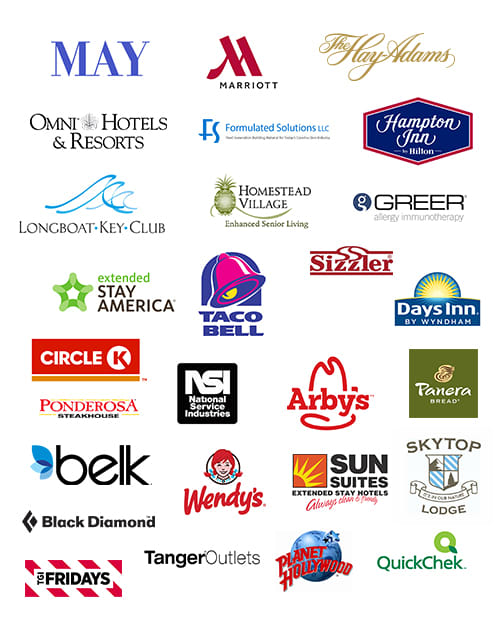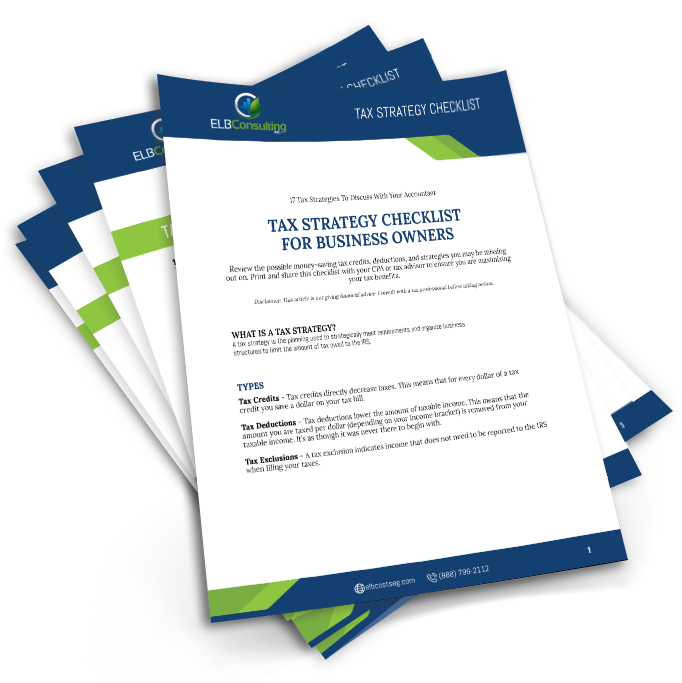Reduce your tax burden and improve cash flow before the year runs out
The tax year is closing out, and year end tax planning is upon us. And what an unprecedented year it has been. The COVID-19 pandemic has impacted the Commercial Real Estate (CRE) industry in many ways. This has created a significant need for strategic tax planning.
As Ben Franklin famously said, “In this world nothing can be said to be certain, except death and taxes”.
This time of year, most commercial real estate developers and investors evaluate their annual tax position to strategically plan reduction of tax liability. The options are all within the IRS tax code, you just need to know when and how to use them.
Recent updates/changes to the tax code offer options for real estate investors, developers, and professionals to reduce their tax liability. A few key benefits are outlined below.
Tax Cuts Jobs Act (TCJA)
- 100% Bonus Depreciation: Acquired, newly built or improved property placed ‘in-service’ after September 27, 2018, qualifies for 100% Bonus Depreciation. What does this mean? Any property reclassified and accelerated to 20 years or less can be deducted in year one. It is essentially an expense of any 5, 7 or 15 year depreciation components from a cost segregation study.
- 179 Deductions: Roofs, HVAC, Security systems and Fire Suppression systems that are added or replaced to an ‘existing structure’ are treated as expenses, versus capitalized. These do not qualify for new builds or the first tenant to occupy the space. Additionally, the remaining fixed asset value of the replaced component should be retired or disposed to comply with the Tangible Property Regulations.
The CARES Act
- Qualified Improvement Property (QIP): The CARES Act fixed a technical glitch with QIP and now all non-residential qualifying improvements placed in service in 2018 and after qualifies as 15 year property. And with 100% Bonus Depreciation in place, these deductions can be all taken at once in the current tax year.
- NOL 5 Year Carry Back: Current losses can now be carried back at a 100% level for 5 years, versus an 80% level for 2 years. This allows someone to go back and amend taxes to claim a tax refund from a previous year.
Energy Policy Act:
- 45L Energy Efficient Residential Building Tax Credit: provides a $2,000 tax credit for each qualified dwelling unit. It is set to expire on 12/31/2020.
- 179D Energy Efficient Commercial Building Tax Deduction: provides up to $1.80 per square foot, with each qualifying building subsystem (i.e.- building envelope, HVAC/hot water systems & lighting/lighting controls) providing up to $0.60/SF. These are also set to expire on 12/31/2020.
There is still time to identify one or more of these tax incentives to apply to your 2020 taxes. If you anticipate a tax liability in March or April, the time to act is now.
Not sure your building qualifies?
Essentially all types of commercial or income producing real estate can qualify; office buildings, medical facilities/offices, hospitals, multi-family apartments, shopping centers, restaurants, auto dealerships, car washes, golf courses, industrial/flex space, self-storage, residential single family rentals, and many more.
While you can be certain of taxes; we can help leverage the existing tax code to reduce your tax liability and cash flow. Consider your 2020 year end tax planning now.
Ben Franklin also said, “A penny saved is a penny earned”.
So, let us help you save on your 2020 tax bill.




